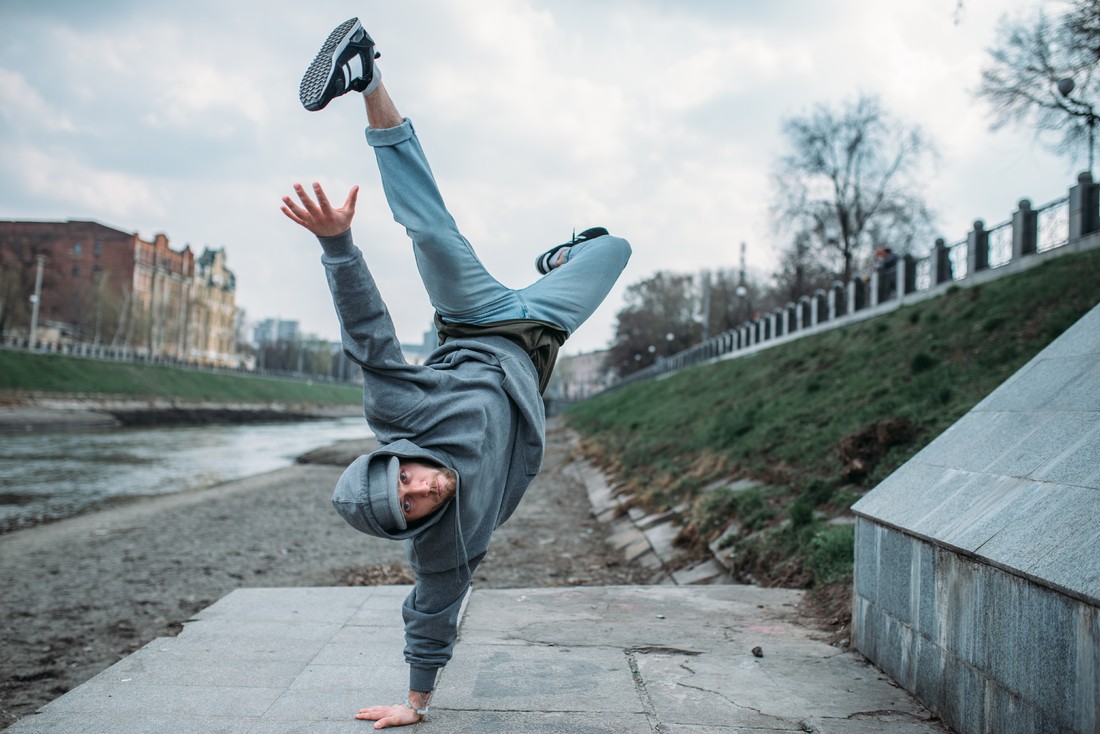The Fusion of Virtual Reality and Dance Performances
Virtual reality (VR) technology has made waves across various industries, and the world of dance is no exception. This article delves into how virtual reality is breaking boundaries and transforming dance performances into immersive and unforgettable experiences.

Enhancing Dance Experience for Performers and Audiences
Virtual reality provides dancers with a new tool to push the boundaries of their craft. By donning VR headsets, dancers can enter virtual environments that transport them to fantastical worlds, enhancing their performances and expanding their creativity. Through VR, dancers can experiment with new choreography ideas, explore different styles, and visualize their routines in realistic virtual stages.
For audiences, virtual reality offers a unique and immersive way to experience dance performances. Through VR headsets or immersive installations, viewers can feel like they are on stage with the dancers, getting a 360-degree view of the performance. This intimate and engaging experience allows audiences to connect with the dancers on a deeper level, breaking down the barriers between performer and spectator.
The Role of Virtual Reality in Choreography
Virtual reality technology opens up a world of possibilities for choreographers. With VR, choreographers can create virtual sets, experiment with lighting and staging, and visualize complex formations and group dynamics. This enables them to streamline the choreographic process, make adjustments in real-time, and visualize the final result before even stepping foot into a physical rehearsal space.
Furthermore, VR can facilitate collaboration between choreographers and dancers who may be in different locations. Through virtual reality platforms, choreographers can work with dancers remotely, providing real-time feedback, and creating cohesive performances despite geographical constraints.
The Benefits of Virtual Reality for Dancers
Virtual reality technology offers numerous benefits for dancers. It provides a safe and controlled environment for dancers to practice and enhance their skills. Dancers can use VR to analyze and refine their movements, correct alignment, and improve their overall technique.
Additionally, VR can be utilized for training purposes. Dancers can engage in virtual classes, workshops, and masterclasses with renowned instructors from around the world. This widens their access to training opportunities and allows them to learn from top industry professionals regardless of their location.
The Revolution of Dance Industry through Virtual Reality
Virtual reality is revolutionizing the dance industry by democratizing access and expanding the reach of performances. Through VR livestreams and recorded performances, dancers can connect with global audiences and showcase their talent to a wider demographic.
Furthermore, virtual reality technology allows for innovative storytelling and narrative experiences within dance performances. Dancers can collaborate with VR experts and programmers to create unique and interactive performances that blend technology, artistry, and storytelling. This fusion of disciplines pushes the boundaries of traditional dance performances and opens up new possibilities for expression and engagement.
As virtual reality continues to evolve and become more accessible, the impact on the dance industry will undoubtedly continue to grow. The fusion of technology and dance opens up a world of creativity, innovation, and collaboration, paving the way for exciting developments in the future of dance performances.
How is virtual reality transforming dance performances?
What are the benefits of virtual reality for dancers?
To explore the intersection of virtual reality and dance performances further, visit the competes.tv website. For more information on how to find authority websites and get links from them, check out this article.